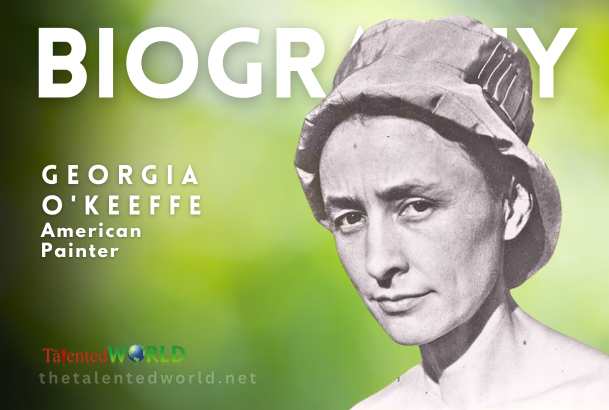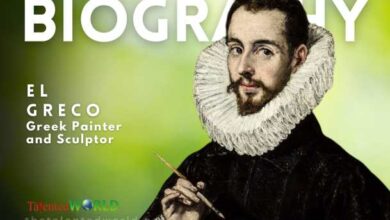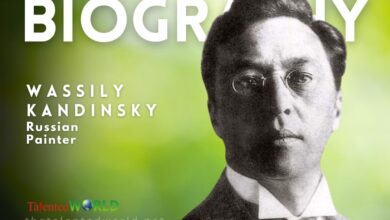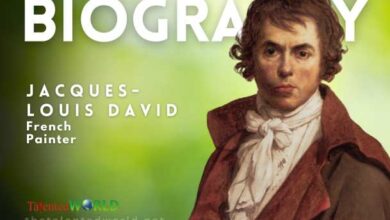| Full Name | Georgia Totto O’Keeffe |
| Birth | November 15, 1887, Sun Prairie, Wisconsin, U.S. |
| Death | March 6, 1986 (aged 98), Santa Fe, New Mexico, U.S. |
| Known For | Visual arts: painting, sculpture, photography |
| Art Movements | American modernism, Precisionism |
| Spouse | Alfred Stieglitz (m. 1924; died 1946) |
| Family | Ida O’Keeffe (younger sister) |
| Awards | National Medal of Arts (1985), Presidential Medal of Freedom (1977), Edward MacDowell Medal (1972) |
| Nickname | Mother of American modernism |
| Early Education | School of the Art Institute of Chicago (1905), University of Virginia (influenced by Arthur Wesley Dow) |
| Notable Work Periods | Flower paintings (e.g., Red Canna), New Mexico landscapes, animal skulls |
| First Major Exhibition | Held by Alfred Stieglitz in 1917 |
| Major Works | Jimson Weed/White Flower No. 1, Red Canna, Cow’s Skull: Red, White, and Blue, Summer Days |
| Personal Relationships | Professional and personal relationship with Alfred Stieglitz, married in 1924 |
| New Mexico Influence | Began spending part of the year in the Southwest in 1929, inspired many paintings of New Mexico landscapes and animal skulls |
| Later Life | Lived in New Mexico post-Stieglitz’s death (1946), at her homes in Abiquiú and Ghost Ranch, later moved to Santa Fe |
| Record Sale | Jimson Weed/White Flower No. 1 sold for $44,405,000 in 2014 |
| Museum | Georgia O’Keeffe Museum established in Santa Fe following her death |
| Style and Influence | Developed unique style influenced by natural forms, often associated with depictions of women’s sexuality (denied by O’Keeffe) |






